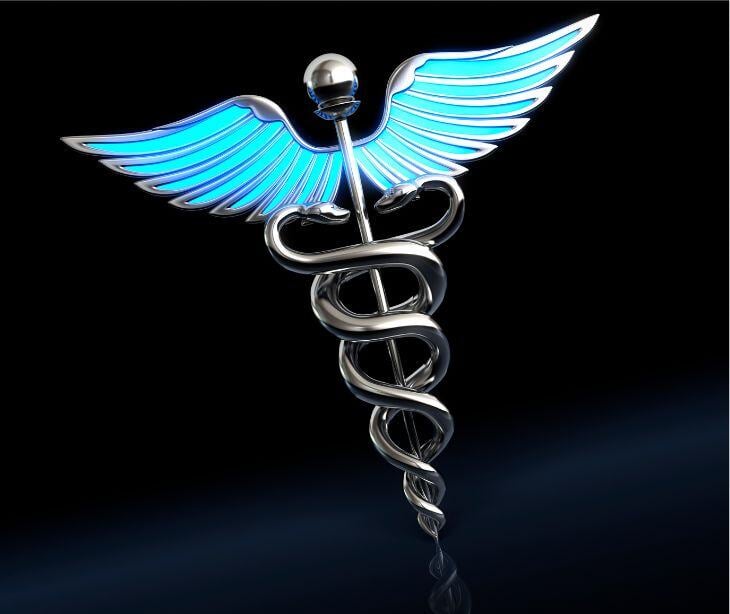4 min read
What is retargeting and how is it relevant in healthcare?
Email marketing creates a direct and efficient communication channel between healthcare providers and patients, improving the management of care,...

4 min read
Email marketing creates a direct and efficient communication channel between healthcare providers and patients, improving the management of care,...

3 min read
ChatGPT is an AI tool recognized for its potential applications in medical education, consultation, and research. However, its use in clinical...

2 min read
What is a deepfake? A deepfake is a fake media file, like an image, video, or sound, produced by AI processes such as deep learning to accurately...

5 min read
Interoperability refers to the ability of different healthcare systems and applications to communicate with each other effectively. According to the...

3 min read
Doxing involves collecting and publicly sharing someone’s personal information without their consent, typically with malicious intent. The term...

2 min read
Healthcare organizations havetheresponsibilityof informing those impacted by data breaches. These notifications have to include information that...

2 min read
A section from the Encyclopedia of Database Systems states, “Merkle trees are data structures devised to authenticate, with a unique signature, a set...

3 min read
Healthcare organizations and insurers must prepare for a year of major changes driven by political shifts, regulatory changes, and digital...

2 min read
The National Institute of Health describes interoperability as “‘The ability of two or more systems or components to exchange information and to use...

2 min read
Inclusive language is a large factor in creating a welcoming and respectful environment for patients from diverse backgrounds, including gender...

2 min read
Diversity, equity, and inclusion (DEI) comprise policies and practices that promote full participation and fair treatment for all individuals. DEI...

3 min read
A study by BMJ Journals, Associations, unions and everything in between: contextualising the role of representative health worker organisations in...

2 min read
Autonomous marketing makes use ofartificial intelligence (AI), machine learning, and predictive analytics to execute marketing campaigns with minimal...